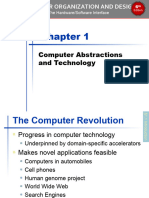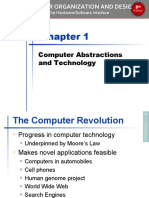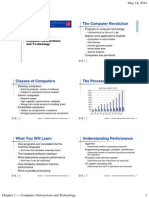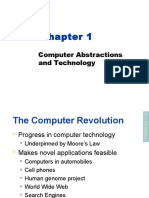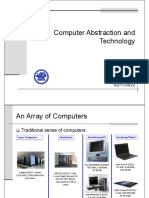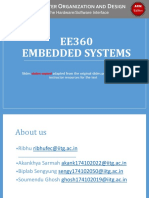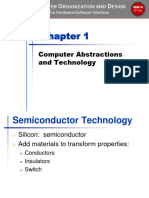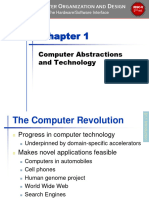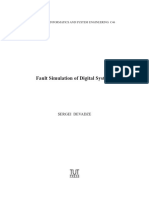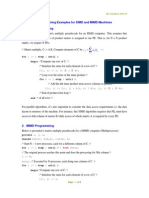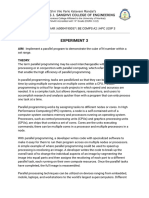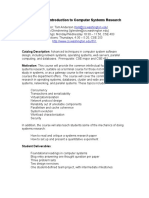0% found this document useful (0 votes)
79 views30 pagesComputer Architecture & OS Syllabus
This document provides a syllabus and reading materials for a course on computer architecture and operating systems. The computer architecture portion will cover topics like basic organization, instruction set architecture, pipelining, and memory hierarchy. The operating systems portion will cover process management, memory management, file systems, and I/O systems. The recommended textbooks for computer architecture include titles by Patterson and Hennessy, Hamachar et al., and Hayes. The recommended textbooks for operating systems include titles by Silberschatz et al. and Stallings.
Uploaded by
Arafat KhanCopyright
© © All Rights Reserved
We take content rights seriously. If you suspect this is your content, claim it here.
Available Formats
Download as PDF, TXT or read online on Scribd
0% found this document useful (0 votes)
79 views30 pagesComputer Architecture & OS Syllabus
This document provides a syllabus and reading materials for a course on computer architecture and operating systems. The computer architecture portion will cover topics like basic organization, instruction set architecture, pipelining, and memory hierarchy. The operating systems portion will cover process management, memory management, file systems, and I/O systems. The recommended textbooks for computer architecture include titles by Patterson and Hennessy, Hamachar et al., and Hayes. The recommended textbooks for operating systems include titles by Silberschatz et al. and Stallings.
Uploaded by
Arafat KhanCopyright
© © All Rights Reserved
We take content rights seriously. If you suspect this is your content, claim it here.
Available Formats
Download as PDF, TXT or read online on Scribd
/ 30


